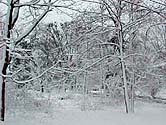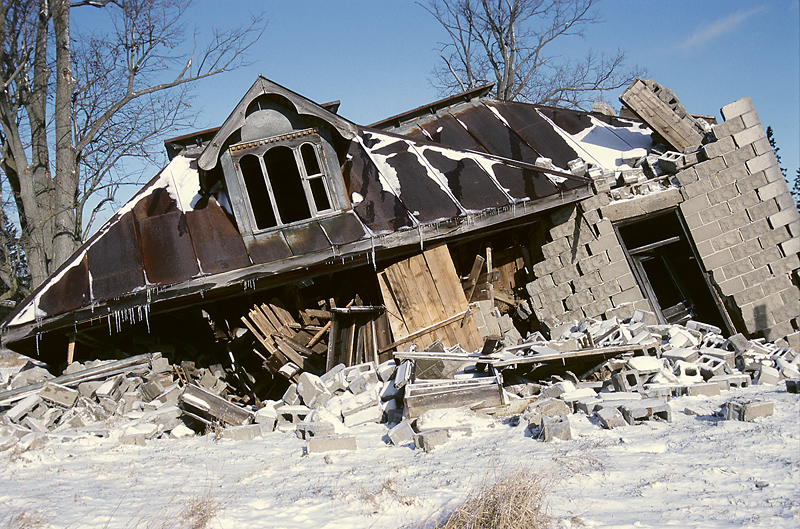
SUNDAY, Feb. 1, 2015 (HealthDay News) — During cold weather, people are at an increased risk for a dangerous drop in body temperature, called hypothermia. And that can lead to heart attack, kidney problems, liver damage and even death, the U.S. National Institute on Aging (NIA) cautions.
Older people and those with chronic medical conditions are at highest risk for hypothermia, defined as having a core body temperature of 95 degrees Fahrenheit or lower, according to the NIA.
In seniors, the body’s response to cold can be hampered by health problems such as diabetes, or by certain medications, including over-the-counter cold remedies. Older adults can develop hypothermia after relatively short exposure to cold weather or a slight drop in temperature.
Signs of hypothermia include:
- slowed or slurred speech,
- sleepiness,
- confusion,
- shivering,
- stiffness in the arms and legs,
- slow reactions,
- poor control over body movements,
- a weak pulse.
If you think someone has hypothermia, get them out of the cold if possible, call 911 immediately, remove any wet clothes and cover the person with a coat or blanket, said the NIA.
The NIA also recommends asking the doctor or pharmacist if any prescription or over-the-counter drugs patients are taking increase the risk for hypothermia.
When going outside in cold weather, wear warm layers of loose clothing, along with a hat, scarf and gloves or mittens to prevent the loss of body heat.
Keep your home warm enough by setting the thermostat to at least 68 to 70 degrees Fahrenheit. Older people can develop hypothermia even in mildly cool homes with temperatures between 60 and 65 degrees Fahrenheit, according to the NIA.
Other ways to keep warm at home include wearing long underwear under your clothes, along with socks and slippers. Keep your legs and shoulders warm with a blanket or afghan. Wear a hat or cap indoors to keep your head warm.
Due to high energy costs, some older adults may not keep their homes warm enough during the winter. The U.S. Department of Health and Human Services can help low-income people meet their home heating needs through a program called Low-Income Home Energy Assistance Program. Local and state agencies can help you learn if you might qualify.
More information
The U.S. Centers for Disease Control and Prevention has more about hypothermia.
Copyright © 2025 HealthDay. All rights reserved.

